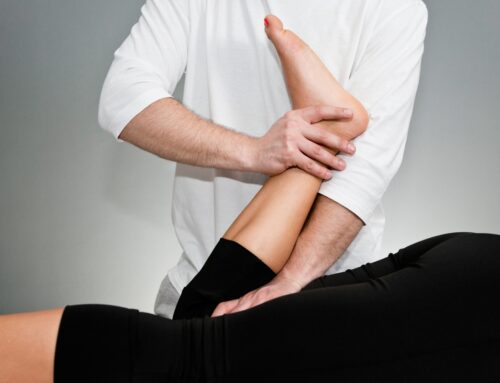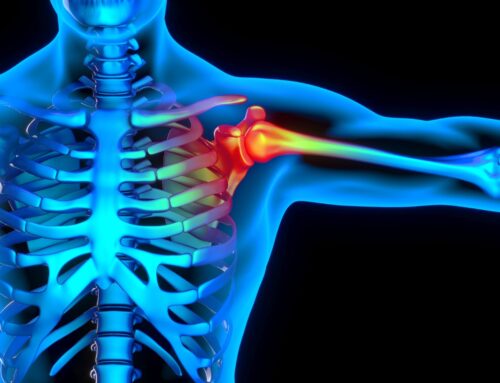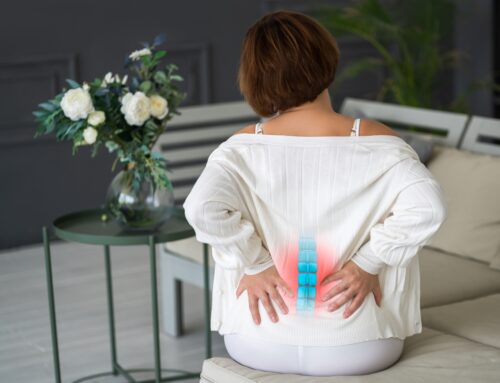If you’ve stepped into a modern office or scrolled through workplace furniture options lately, you’ve probably noticed that standing desks are everywhere. Over the past decade, these adjustable workstations have become incredibly popular, with many people hoping they’ll be the answer to the aches and pains that come from sitting all day.
Back pain is something nearly 80% of adults deal with at some point, and let’s be honest—when you’re in pain, you’re willing to try just about anything for relief. With the average American spending six to eight hours a day sitting, it makes sense that more and more people are looking for ways to break free from the chair.
But do standing desks really help with back pain? Are they worth the hype (and the price tag)? Let’s take a closer look at what they bring to the table—and whether they’re the right move for your spine.
What Are Standing Desks?
Standing desks (also called sit-stand desks or height-adjustable desks) are workstations that allow you to work comfortably while standing up. They come in various designs—from full desk replacements to desktop converters that sit atop your existing desk. Most modern options are adjustable, allowing you to change positions throughout the day between sitting and standing.
The concept itself isn’t new—historical figures like Leonardo da Vinci, Thomas Jefferson, and Ernest Hemingway were known to use standing desks. However, the recent surge in popularity stems from growing awareness about the health impacts of sedentary behavior.
Standing desks offer several potential benefits beyond back pain relief. Regular use may help:
- Increase daily calorie expenditure (though the effect is modest—about 8-10 calories per hour more than sitting)
- Reduce post-meal blood sugar spikes by approximately 11-15% compared to sitting
- Improve energy levels and mood throughout the workday
- Enhance productivity for certain tasks, particularly those requiring collaboration
- Reduce neck strain when properly set up with monitors at eye level
- Decrease the risk of developing conditions associated with sedentary behavior
The adjustability of modern standing desks addresses one of the most important principles of ergonomics: variation. The human body isn’t designed to maintain any single position for extended periods. Having the option to easily transition between sitting and standing allows for the postural variety that your body naturally craves.
Most experts recommend a gradual approach when incorporating a standing desk into your routine. Beginning with 30-60 minutes of standing per day and slowly increasing to 3-4 hours spread throughout your workday allows your body to adapt to the new demands.
Can Standing Desks Help Back Pain?
When it comes to back pain specifically, standing desks offer both promise and potential pitfalls. The relationship between standing desks and back pain isn’t straightforward—what helps one person might actually worsen symptoms for another.
For many people with disc-related back issues, standing can provide significant relief. This decreased compression can be particularly beneficial for those with bulging or herniated discs in the lower back.
Standing also promotes a more natural curve in your lumbar spine. Many people tend to slouch while sitting, which flattens the lower back curve and places additional stress on the posterior elements of the spine. Standing naturally encourages your spine to maintain its healthy S-shaped curve.
However, standing isn’t automatically better than sitting. Standing incorrectly—with locked knees, forward head posture, or a swayback—can create its own set of problems. Standing also increases the load on your feet, knees, and hips, which could exacerbate pain in those areas if you have pre-existing conditions.
The key finding from research on standing desks and back pain is that the benefits come primarily from the change in position rather than from standing itself. Regular alternation between sitting and standing appears to be more beneficial than extended periods in either position alone.
Proper setup is also essential. A standing desk positioned at the wrong height can force you to hunch forward or reach up awkwardly, creating new sources of strain. The ideal height places your elbows at approximately 90 degrees when your hands are resting on the keyboard.
An anti-fatigue mat can make a significant difference in your comfort while standing, as it reduces the strain on your feet and lower back. Proper footwear (or even working in stocking feet on a cushioned mat) can also contribute to better results.
Perhaps most importantly, standing desks work best as part of a comprehensive approach to back health that includes:
- Regular movement throughout the day
- Proper ergonomics whether sitting or standing
- Maintaining a healthy weight to reduce strain on the spine
- Core-strengthening activities that support proper posture
- Adequate hydration to maintain spinal disc health
While standing desks aren’t a miracle cure for back pain, they can be a valuable tool in managing and preventing discomfort for many people. The ability to change positions throughout the day aligns with how our bodies naturally function best.
The At Last Chiropractic team takes a holistic approach to back pain management, considering all aspects of your daily routine—including your work environment. Our team can help evaluate whether a standing desk might be beneficial for your specific condition and provide personalized recommendations for integrating it effectively. Curious to learn more? Interested in finally tackling your back pain for good? Your Lithia chiropractor is here to help! Book your appointment today.






